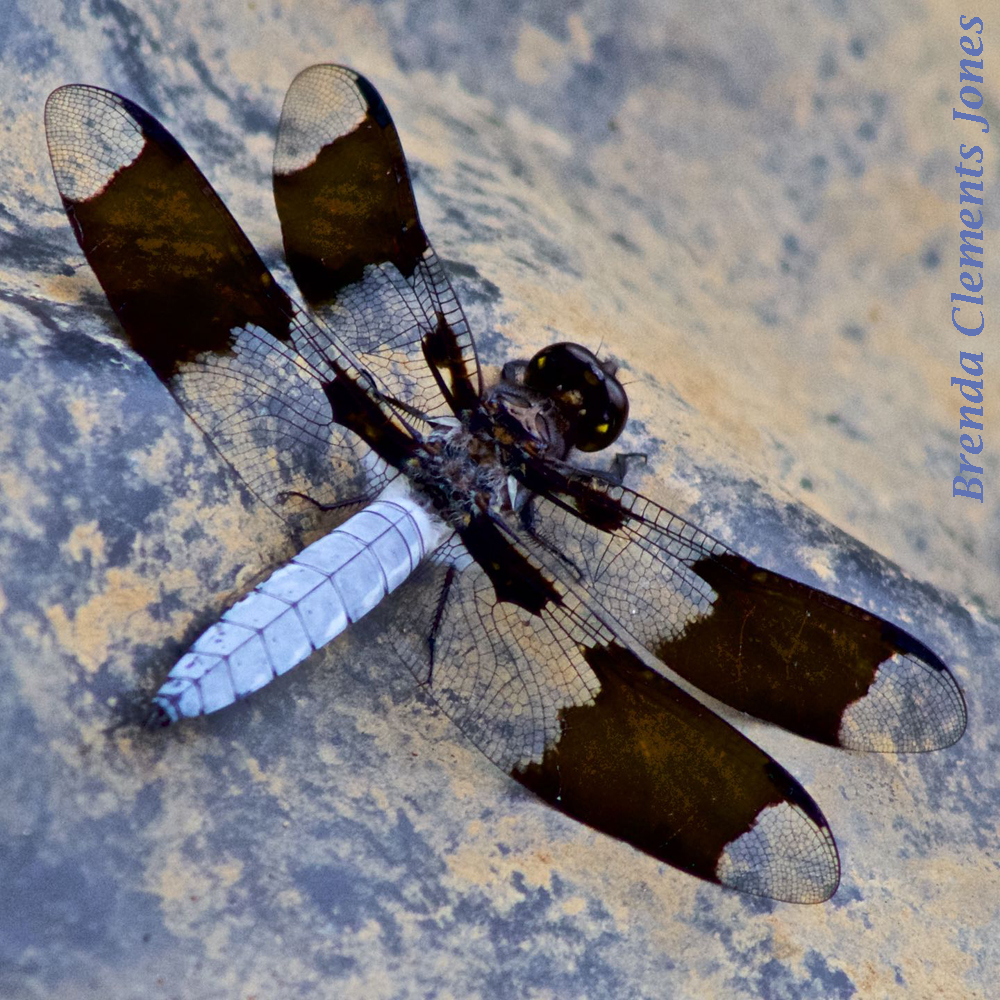-
A Busy House
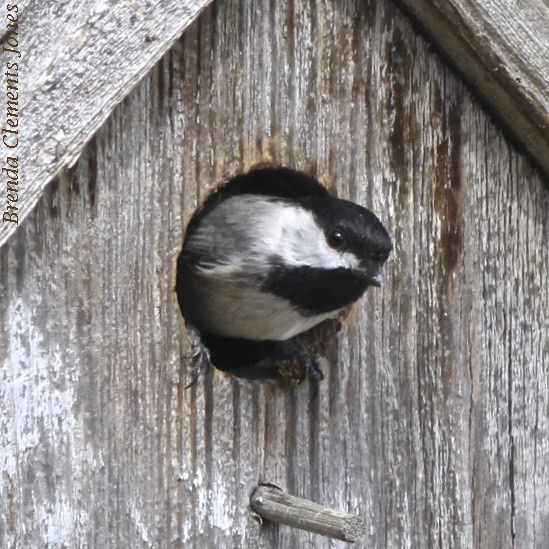
The female Chickadee (Paridae) has built her nest. I expect by now the eggs have hatched and both the male and the female are out searching for caterpillars, spiders and insects for their young. A bit of a timeline: One to two days after the female builds the nest, her eggs are laid. She incubates…
-
Watching The Blueberry Crop
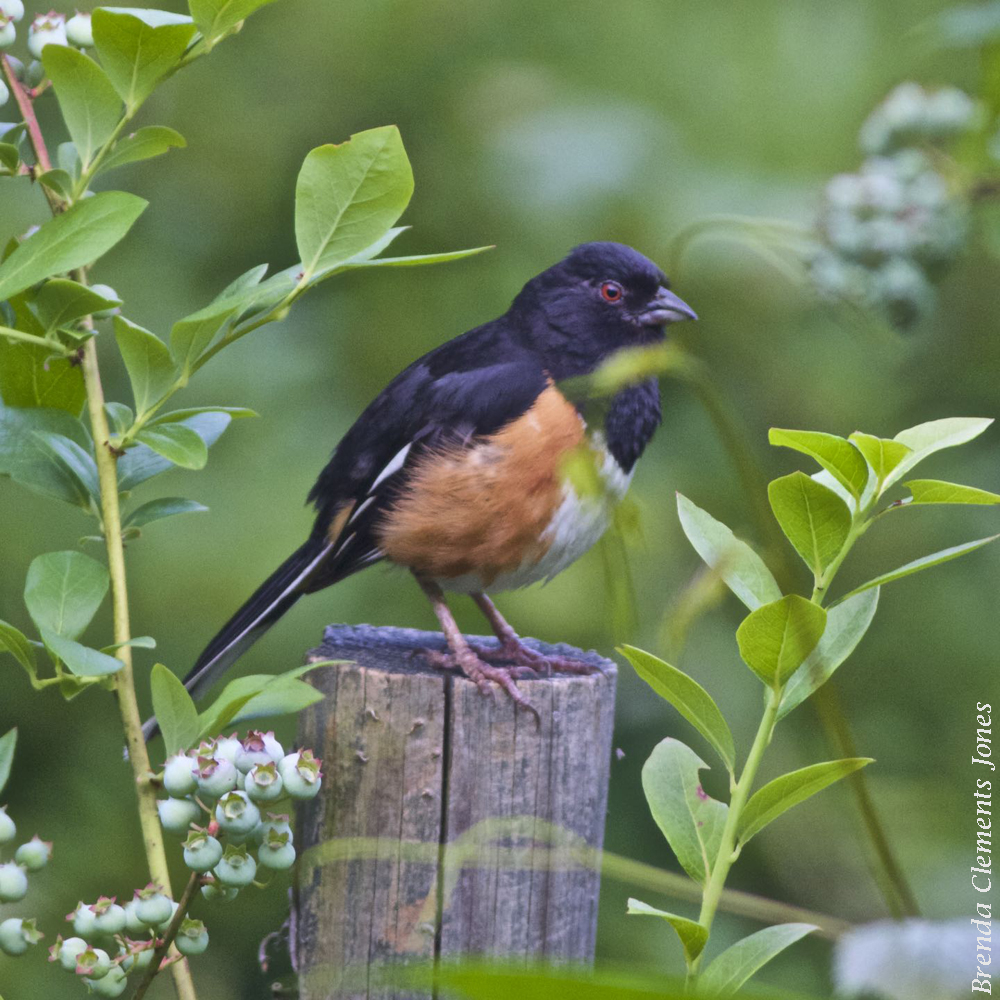
Eastern Towhee (Pipilo erythrophthalmus) Eastern Towhees are here in the mountains of central Virginia year round. Their diet is primarily insects, seeds and berries and during the summer they tend, of course, to eat more insects. True bugs, beetles, ants, caterpillars, moths, millipedes, spiders and snails are all on the menu. But there’s something special…
-
Winter Arrival of the Hermit Thrush
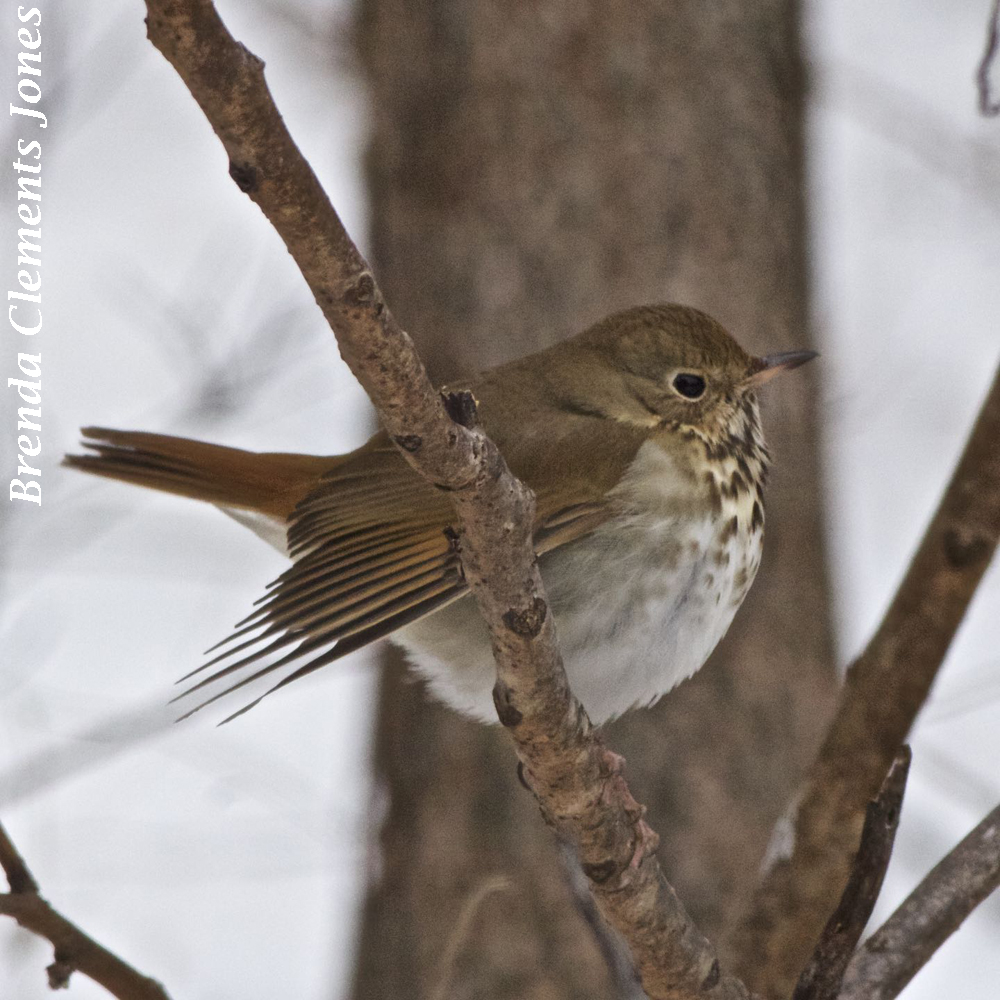
Seems every day I’m seeing another of my winter birds. This one, my treasured Hermit Thrush (Catharus guttatus). A medium sized bird with a magical, flutelike song which it doesn’t bring along on its winter visit. It saves those lovely notes for summer, choosing to blend in and not make too much of a noticeable…
-
Skinks
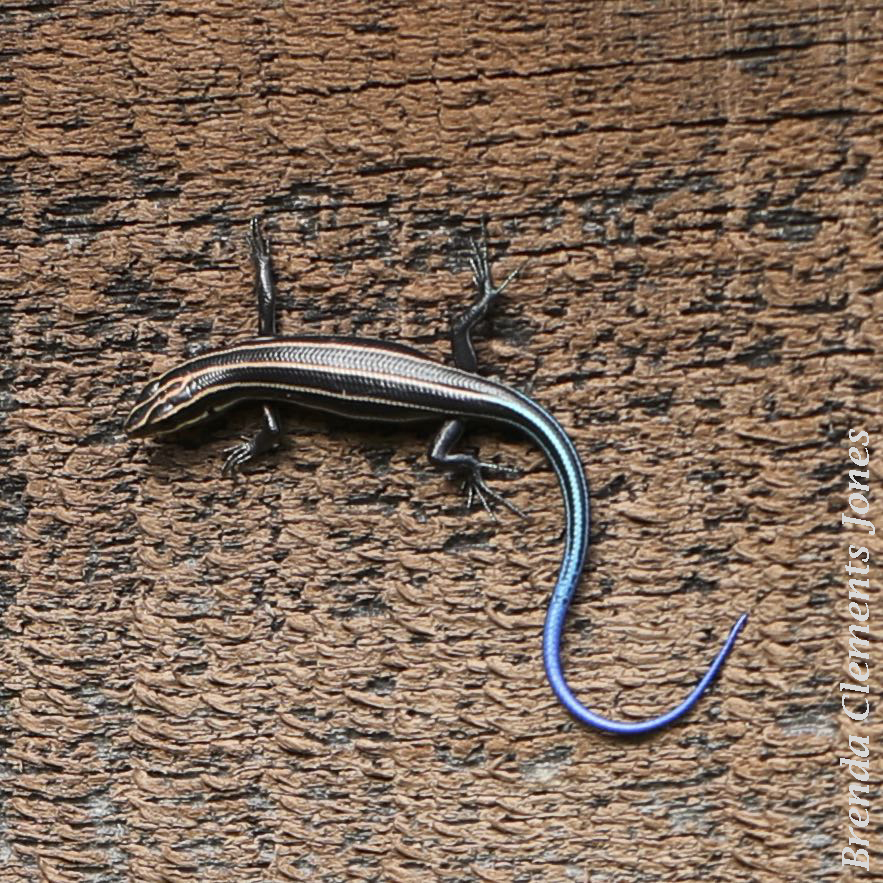
Juvenile Skinks enjoy scampering up and down the cedar siding, and running back and forth across the porches of my cabin as they look for their next meal. It’s like having my own personal pest control company on duty! They eat insects, spiders and other invertebrates. As youngsters, my Skinks sport a cool looking shiny…
-
Eastern Towhee
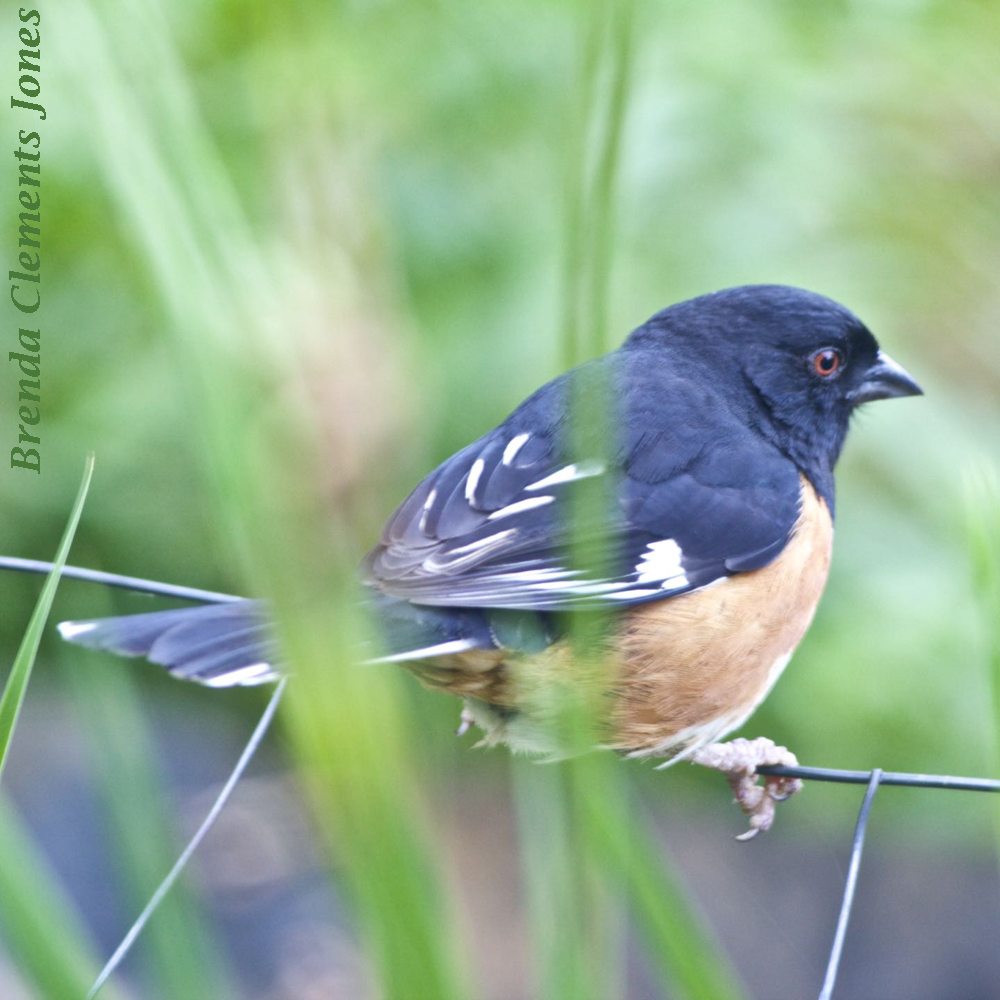
A large sparrow with a long tail. The Eastern Towhee (Pipilo erythrophthalmus) fills the edges of the woods here with their beautiful song of “Drink your teeeeaa” all day long. For me, a constant companion. Here in Virginia these Towhees have haunting red eyes but in Florida and northern Georgia they will have light straw…
-
Common Snapping Turtle
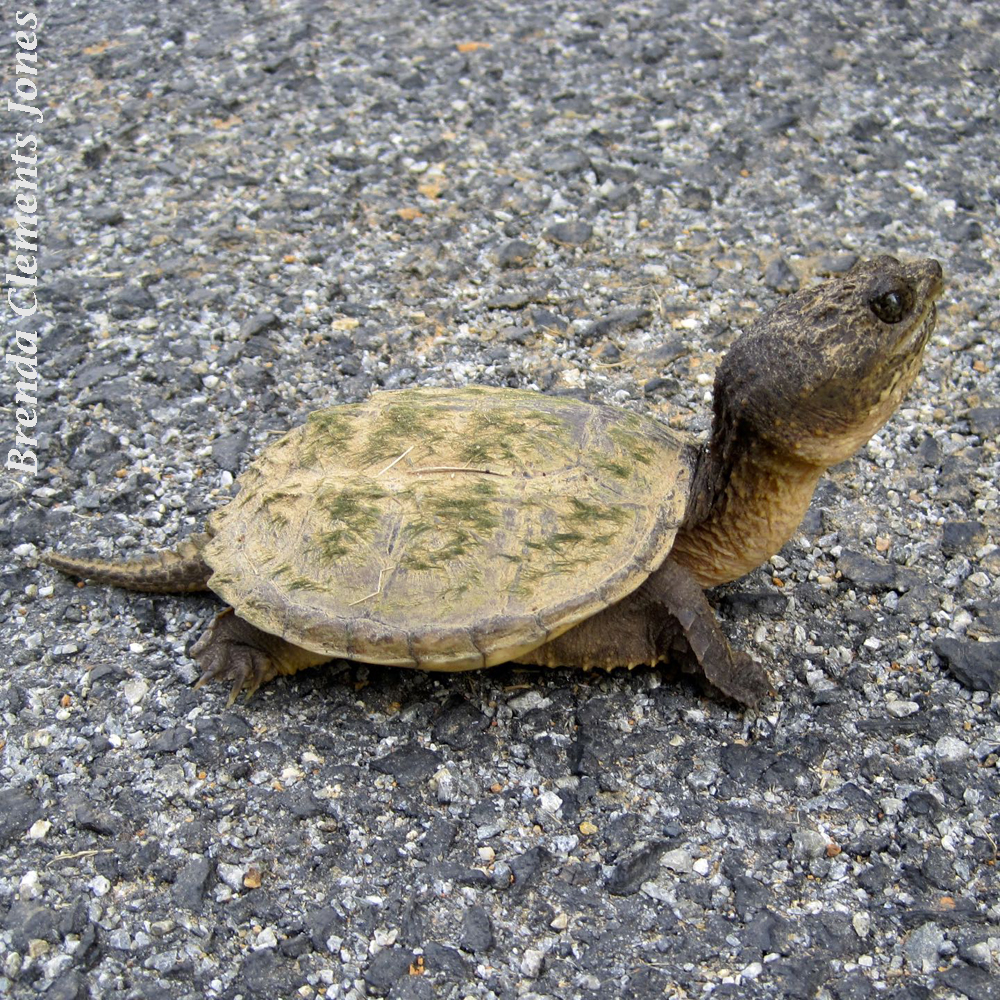
Much to my surprise it just showed up one day on a path behind my cabin. A tiny Common Snapping Turtle (Chelydra serpentina). They have a reputation as having a combative disposition but this creature was so little I could hardly think of it in those terms. A short distance from where I first saw…
-
Hooded Warbler
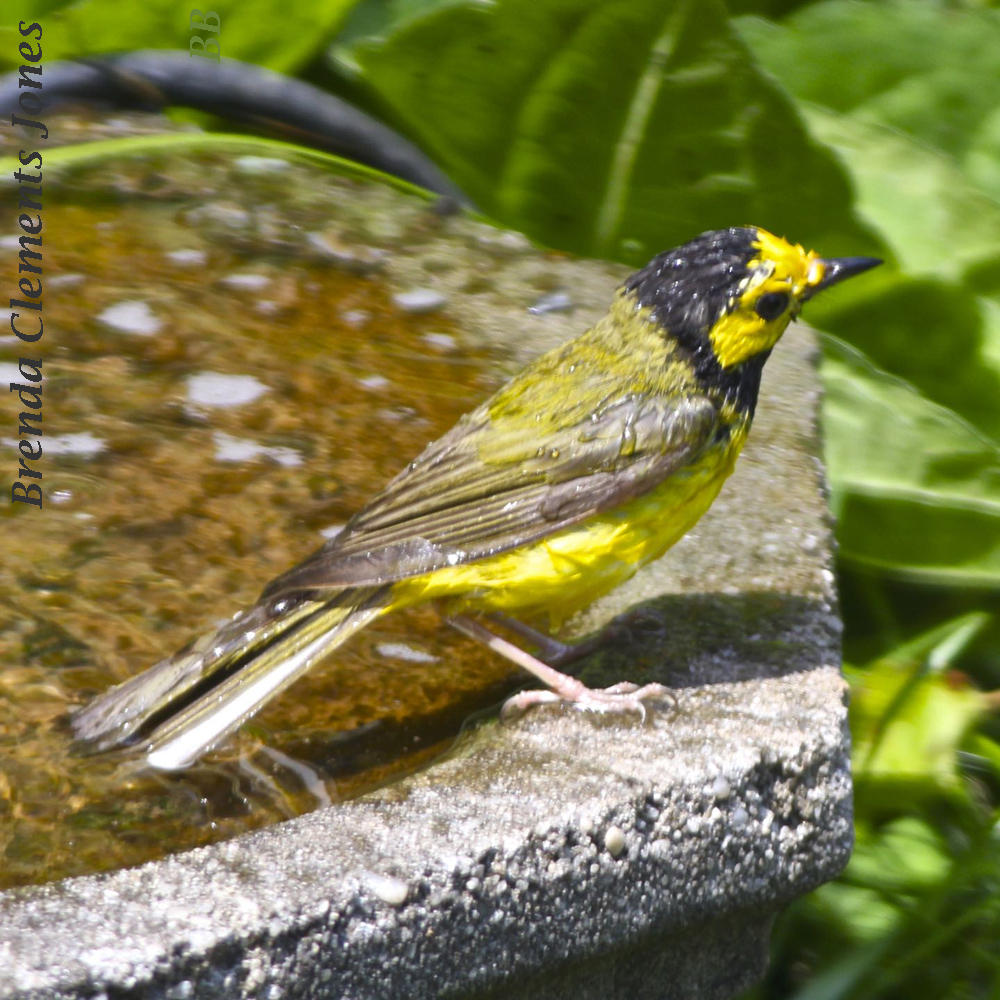
Hooded Warblers (Setophaga citrina) have been delighting me here in the mountains for many years. They spend the breeding season in eastern North America, and the winter in Central America and the West Indies. If you feed the birds during the summer, these birds generally won’t come to your feeders. They spend all their feeding moments gleaning…
-
More Eastern Phoebes
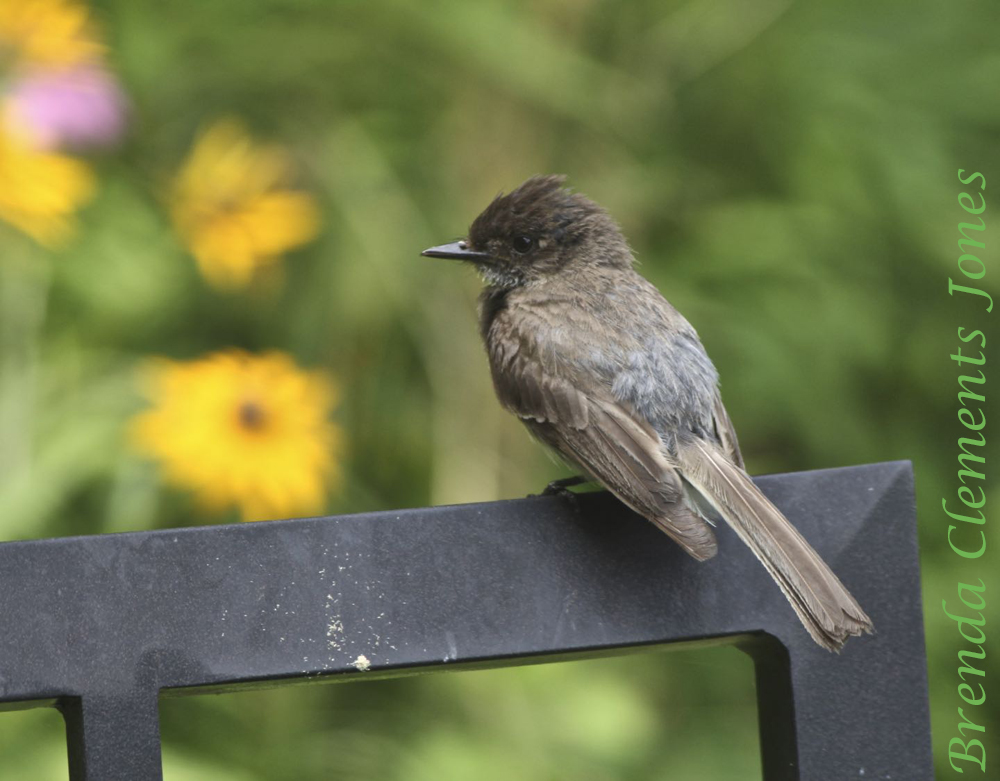
That bobbing of the tail and saying its name makes identification of the Eastern Phoebe (Sayornis phoebe) mighty easy. Many bird songs baffle me, but this one is easy. Just think “fee-bee” (Phoebe) and you’ve got it. I was delighted as I was refreshing my memory about what Phoebes eat to see that they not…

